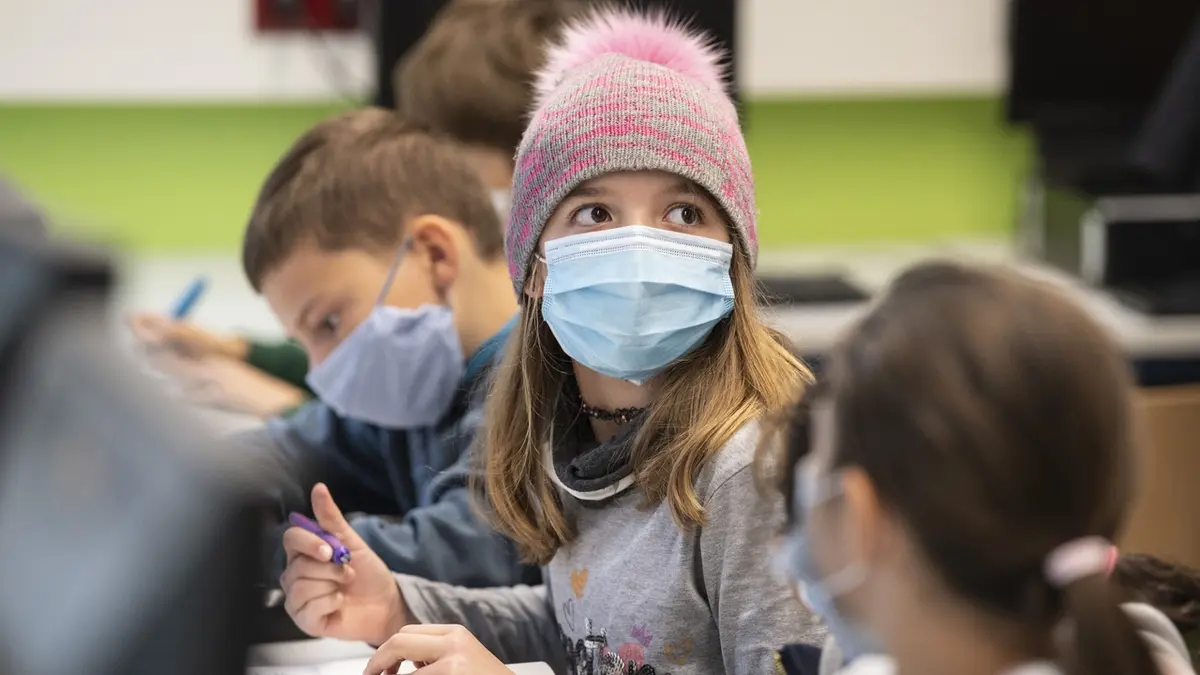Many cultural institutions such as cinemas and theaters in New York have been closed since March of this year, and only museums still receive a limited number of visitors. The Goethe Institute in New York also had to close its doors. When Jörg Schumacher took up his new post as head of the institute at the beginning of May, video conferences were already the order of the day, and he still hasn’t met many of his colleagues personally.
The otherwise well-filled classrooms in which German courses take place have been empty for months. Nevertheless it is astonishing, says Schumacher, that the interest in learning German has apparently increased. Last year around 1,500 New Yorkers attended the Goethe-Institut’s German class. This year there were 2,000 participants in the online courses.
More reach through online offers
“Through digital events, we gain a reach and availability of programs that we normally don’t have if we’re only in one place in the city,” says Jörg Schumacher.
(dpa / Christina Horsten)New York’s cultural scene – the pressure is great The Black Lives Matter protests have long since reached New York’s cultural scene: Open letters denounce racist structures in the major museums and demand reforms. But the cultural institutions currently have other concerns.
Nonetheless, non-digital events, such as showing German films in a drive-in cinema in Brooklyn, are among the highlights of his first year in New York.
One often hears lately that the golden days of New York are finally over. This subject has recently been bitterly debated in the American newspapers. Jörg Schumacher sees that the cultural scene has been badly hit, also because there is little financial support for artists. He still believes that New York is recovering because the city is constantly changing and has the strength and energy to start over.
–


